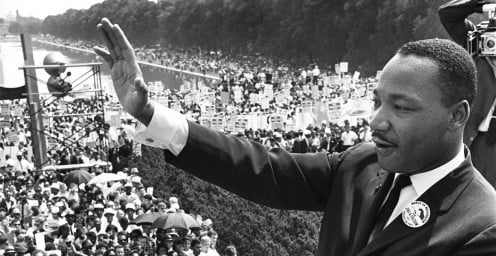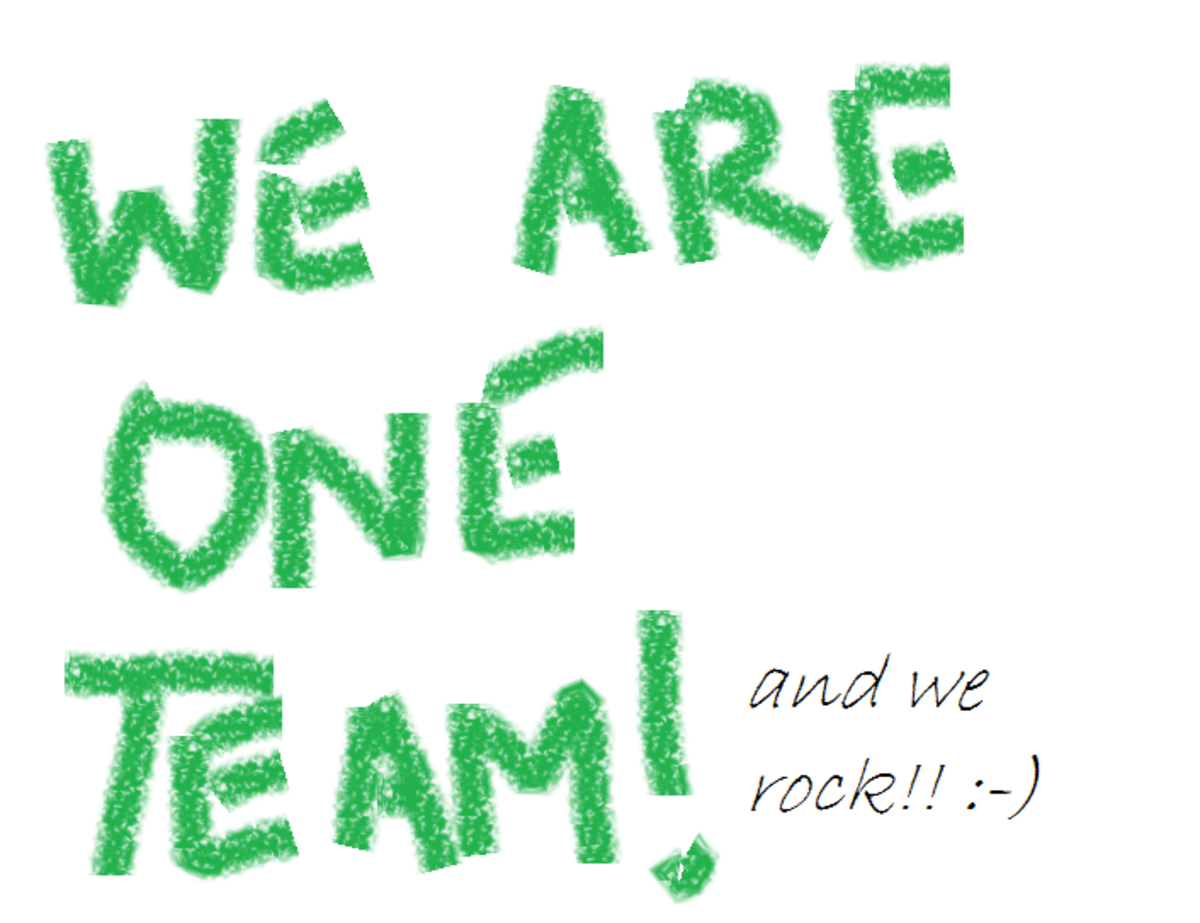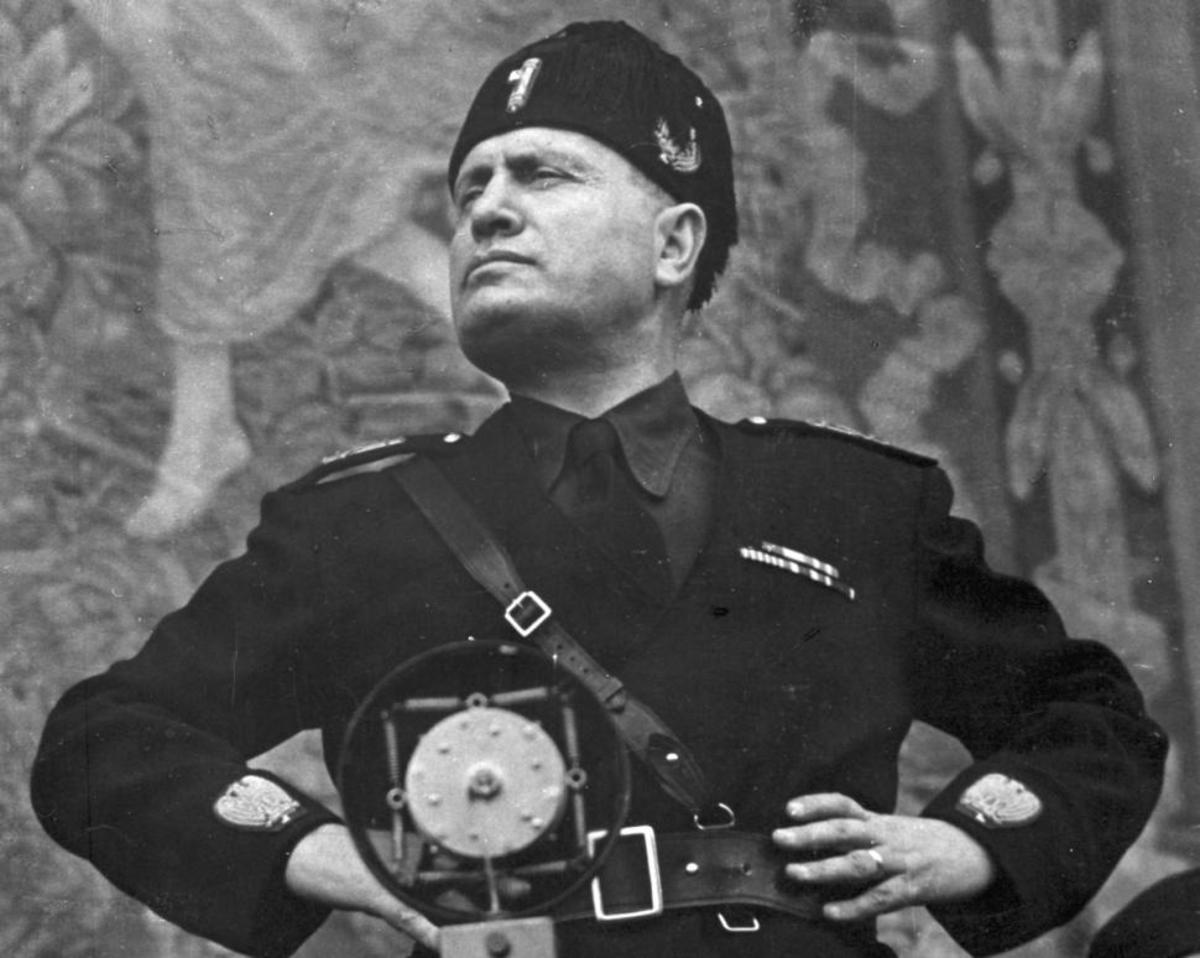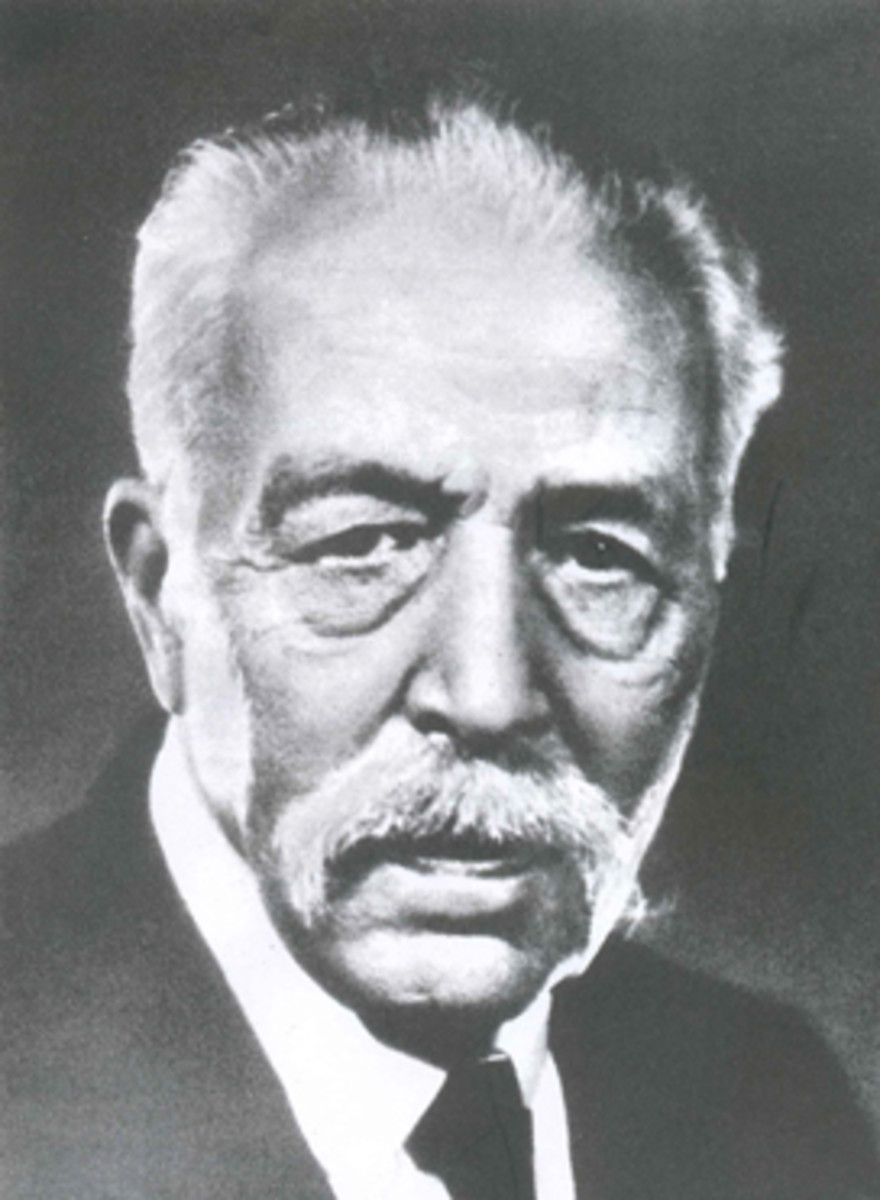How to Develop Leadership Skill: The Art of Administrative Leadership
Critics often remark, organizations in the developing countries are over-managed and under led. One of the reasons is that many of the administrators or managers are not conceptually clear about what leadership really implies and how leadership role can be effectively performed. Leadership functions cannot be performed unless a set of specific skills and qualities is acquired by an administrator. A leader cannot lead his group simply by commonsense or assumption.
However, the effectiveness of organizations and optimal utilization of human resource depend greatly on leadership performance of administrators. One of the critical tasks or a function of administrators is to coordinate the activities of diverse individuals or units engaged in achieving common goals. Administrators cannot perform the coordinate or linking function properly unless the develop leadership qualities and skills.
"A leader is one who knows where he wants to go, gets up and goes."
John Erskine
Martin Luther King, Jr.

What is Leadership?
Leadership can be defined as the ability to influence a group of individuals towards achievement of common goals. All administrators may not be leaders because to perform leadership functions they have to acquire a set of qualities and skills. Simply designating an administrator to perform leadership role may not help. As Hollander says: “Leadership is a process and not a person; but the leader is usually seen as the active agent who commands attention and influence”. Is the head of an organization always the leader? No, headship and leadership is different. A head of an organization can be designated as leader by a declaration; but more declaration may not help because the person designated as a leader may not practically play the leadership role unless he develops competency.
Administrators can develop leadership qualities through training imitation of successful administrative leaders and intimate interaction with them. It is said leadership cannot be taught but it can be caught.
Function of a Leader
The functions of a leader can be interpreted conveniently if the concept “LEADERSHIP” is taken as an acronym. All the letters composing the word may be used to represent individual functions of leadership. The functions of a leader are:
L- Listen
A true leader talks less and listens more. He speaks when he needs to influence others. A leader can influence others not only by speaking but also by listening. One way to influence is to motivate. Listening is a subtle and silent form of motivation. When others talks to focus their problems, leader has to listen carefully. By listening to others, a leader shows his empathy which builds trust. Trust is the basis of a healthy relationship between the leader and the led. A leader has therefore to master the art of listening which is one of the core elements of interpersonal or social skill package.
Listening acts as an important tool of rapport building for the leader. It enables him to pool ideas and information and then use them to solve problems or to make decisions.
E- Empower
Empowering is a process of influence in others a belief that all the members are important and their potentials are useful to the achievement of team or organizational goal. In other words, it is giving them sense of importance. By showing warmth, friendliness and responsiveness a leader can encourage his followers. A true leader empowers himself by empowering others. One way to preserve power is to share it with proper persons.
Sharing is one form of empowering. A person can empower only when he has power. If he has no power, he has nothing to share. Because power implies having responsibility. Thus assigning responsibility t others is not enough. Responsibility must be concerned with authority which implies power plus right to use it. If members get responsibility but feel powerless to act they turn demotivated and cannot contribute to goal achievement process. As Rosabeth M. kanter says, “Powerlessness corrupts and absolute powerlessness corrupts absolutely”. Thus, leader must empower his team members to enable them to work for fulfilling the goal shared by them. By delegating responsibility be not only builds in others a sense of importance but also allows them opportunity to develop their abilities.
A- Account for
A leader has to account for his actions and conduct to the members of his team. He has to explain, justify and answer for the success or failure in achieving the goal. The team-members also in turn account for their individual performance, non-performance of or failure in performing their expected roles. However, a true leader has a genuine desire to be held accountable. By demonstrating his own accountability, he creates in his team or organization an aura of accountability.
D- Delegate
One of the hallmarks of a good leader is that he intends to share his responsibility with others. In other words, an effective leader is an effective delegate. Delegation enables him to concentrate on more important tasks like maintenance of the team, forging internal and external linkage etc. Basing on trust and ability, he delegates to others responsibility and assigns authority matching with it.
E- Encourage
Victor Hugo, the soldier-philosopher, once remarked: “Discouragement is death” Discouragement is never healthy and constructive. A true leader never discourages his followers. Good leaders always encourage his followers in undertaking hard responsibilities. When accomplished, they encourage them through recognition, praise, appreciation and admiration. Praise works best when it is genuine and honest. In the context of organizations, praise should be based more on performance than on personal attributes; According to Thomas Muller, “Praise makes good men better and bad man worse”.
Inspiration is the most powerful and lasting force a leader can use to motivate others. Two basic methods of inspiring employees are taking personal interest in their work and building in them a sense of confidence and trust. Open and free communication is a potent source of motivation and trust. In fact, fear and inspiration are toughest enemies to each other.
R- Recognize and Reward
Recognition is a human need. A normal human being always craves for recognition for the job well done. Recognition itself is a kind of reward. It may be monetary or non-monetary. A true leader should give due and timely recognition to the team-members for the successful performance of the tasks assigned to them. Recognition energizes and reinforces the team-members in performing their responsibility in a better way.
S- Specify
To specify is to clarify the goals of the team and roles of the team members. The leader needs to specify the tasks to be performed by the members of the team so that there is no ambiguity what is to be done and by whom. Lack of specification about the roles by the leader creates confusion among the team-members.
He had his group together fix the modalities and strategies of fulfilling the shared vision. For this, what is necessary is opinion-seeking and opinion-giving. Leaders must provide all information to the members so that his vision and mission can be shared by them. Leader can elicit commitment from the team members when he clarifies the goal to be achieved and then involves them in individual assignments.
H- Help
The most important aspect of leadership is an attitude to help or support the members of the team. In fact, true leadership emerges from those whose primary motivation is a desire to help the team members. The help may be in the form of technical guidance, direction, information, cooperation, facilitation and inspiration. Leaders also help to explore and use the potential of the team-members; they always provide emotional backup to them by instructing, inspiring, coaching and counseling whenever the members need. Leaders help them in taking initiative risk and in facing challenges and crises.
I- Initiate and Involve
Involvement of all is necessary to enable the members to participate in goal achievement process. Moreover, members of a team need to be involved in the process of improvement and change. In fact, leadership demands active involvement of all including the leader himself. The leader must not forget that, he like others is also a member of the team and he is expected to participate along with others in achieving the objectives or goals set. The opposite of involvement is alienation, which hampers visibility.
The leader must initiate the process of participation; otherwise, the ice is not going to break. Initiating is proposing tasks and ideas and showing them how to perform a particular task.
P- Persuade
True leader relies on persuasion to influence his team members. Persuasion is a process of altering beliefs, attitudes and behavior of others by conscious use of reason. He does not exert or exercise his position power to get the assigned tasks done. He uses persuasion as a tool to convince them about their responsibilities; he does not compel compliance by using his authority. He tries to build consensus among the members through persuasion rather than coercion. As Hollander says again, “While the leader may have the power of position, influence depends more on persuasion than on coercion”. However, success of persuasion depends on good communication skill.
Influence: Keyword for Leadership/Quality of Leadeship
A leader influences the member of the team and controls the events that impede the process of goal achievement. He does not control the members; he rather influences them. One of the determinants of leadership effectiveness is the success in influencing peers, subordinates and clients. In fact, the essence of leadership is influence over followers. Without followers, there cannot be any leader. The influence process between the leader and the followers is not unidirectional. A leader influence followers and followers also influence the leader to achieve their common goals.
Influence is a relational phenomenon. Influence presupposes two parties--- the agent and the target. It is the effect produced by the agent on the target. Agent performs some functions, which create change in the target person’s attitude, values, perception and behavior. Agents do it with specific objectives. Thus, influence is the power of creating effect on others. When “others” change their existing taste, preference, it means they are influenced.
Communication: Leader’s Survival Skill
A successful leader is an influential communicator. To lead is to influence, it implies, if one has to influence, one has to communicate. An administrator having all the qualities and skill except the skill of communication can hardly influence people. In fact, verbal, non-verbal and paraverbal skills together form a package that builds competence of a leader; any person designated to redeem leadership responsibility without these skills ultimately turns dysfunctional. Acquisition of these skills not only improves the communication behavior of a leader, it also helps him develop charisma. Because a leader has to act like a salesperson to sell his ideas, motivate his team members, the importance of these skills to carry out this function is simply critical.
Credibility and Visibility / Competence and Trust
One of the importance requirements of leadership is credibility. Credibility is the power by which a leader influences his team members. Credibility includes competence and trust. Trust springs from competence. Trust cannot be commanded; it has to be earned by a leader by proving his competence. Ability to maintain to healthy interpersonal relations, to foster team spirit in team members and to update knowledge and skill in relevant field are the basic ingredients of leadership competence.
Another important quality is integrity, which implies match between word and deed, vision and action of the leader. A true leader practices what he preaches. He ensures visibility of his ideas and actions. That is why it is said, the leader has to walk the talk. This is part of the value of transparency.
The leader seeks to share his vision with the members and to translate his vision into action. He makes all the relevant actions transparent to the members. As James M. Kouzes observes: “Strategies don’t matter, visions don’t matter, values don’t matter, nothing else matters unless you show up”. To make oneself visible is to show up. This implies that a leader must show up to prove his own involvement, his physical and mental existence in his team. When a leader shows up, he can use practically his power of influence. Absence from the team precludes him from influencing, motivating, persuading the team members in performing their assigned tasks.
Good leaders delegate but do not pass the buck, they rather stop the buck and embrace risk and responsibility. They become visible for assuming and accomplishing responsibility. As Natasha Josefowitz, ”Leaders are visible, they have no hiding places”.
Traditional Leadership vs Modern Leadership
Traditional Style of Leadership
| Modern Style of Leadership
|
|---|---|
Concern for the task only
| Concern for task and concern for the members
|
Operates by group approach
| Operates by team approach
|
Goal imposed on members
| Goal shared by all members
|
Influences member by coercion (fear); relies on authority
| Influence members by motivation, persuasion, cajoling/relies on cooperation
|
Non-interactive and non-communicative (introvert/non-listening)
| Interactive and communicative (extrovert/active listening)
|
Non-participative (non-accessible)
| Participative (sharing and caring)
|
Rigid and mechanistic
| Flexible (situational)
|
Reactive (waits for instructions from the above)
| Proactive (makes self-initiated decision)
|
Emphasis more on product (results)
| Emphasis on both process (behaviour) and product
|
Leadership: Two Styles
The distinguishing features of traditional and modern styles of leadership
The practice of the above styles of leadership will depend on specific situation, goal, level of followers and nature of organization. Leadership is always situation specific; the same person may not be able to lead in all situations because all situations do not demand the same set of competences. In fact, hardly any leader can handle all kinds of situations.
Top 10 Worlds Greatest Leaders in History
Credit goes to:
Mohammad Sohrab Hossain Ph.D (Associate Professor, Department of Political Science, University of Dhaka)






